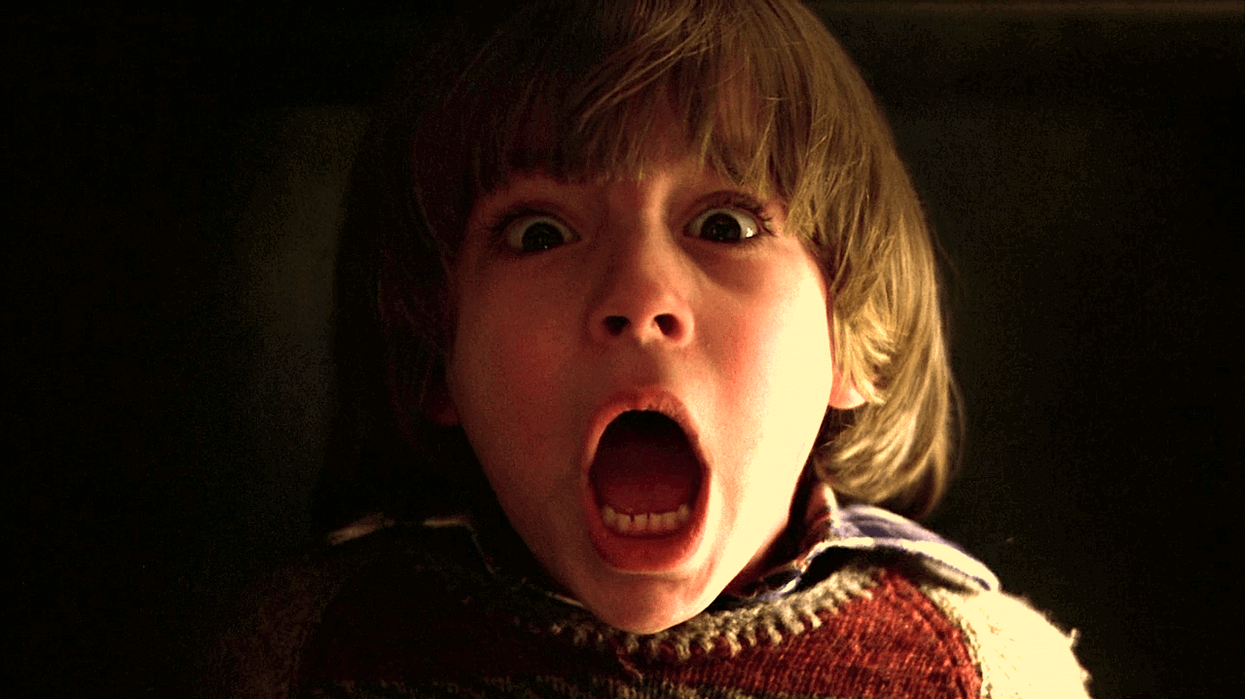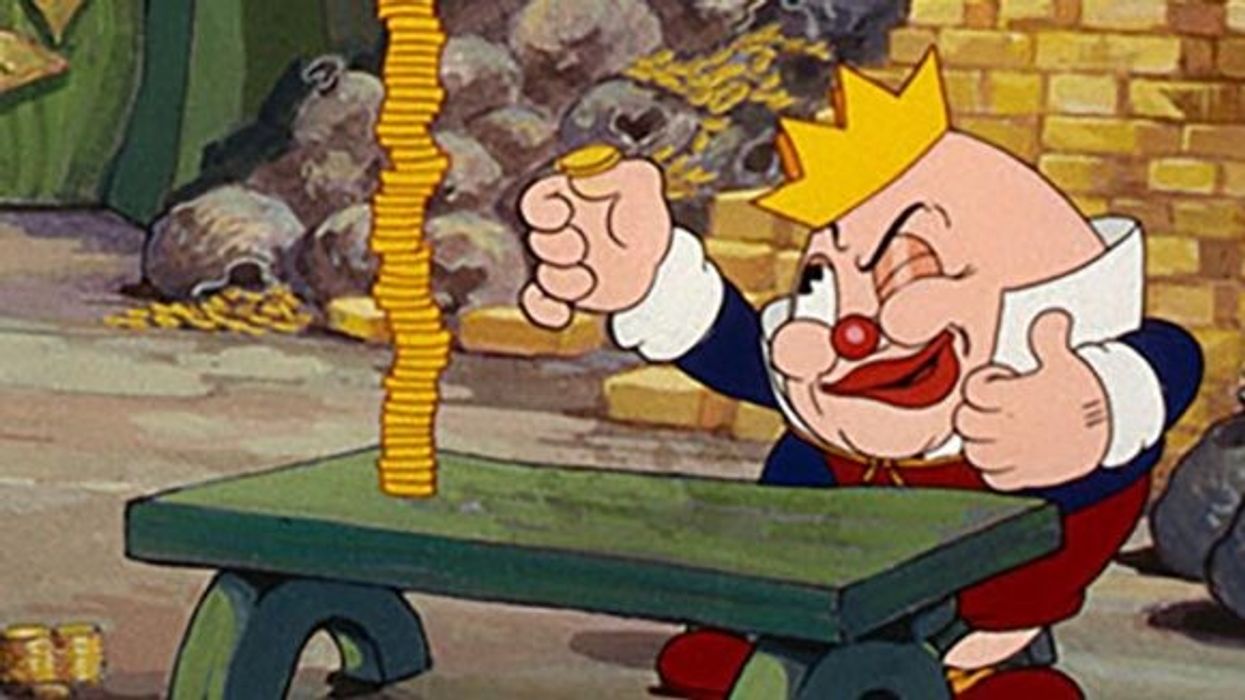Watch: Why Does Stephen King's Storytelling Terrify Us?
Pull back the curtain to see the three levels of horror that make a Stephen King story tick. If you dare.

Since the release of his first novel, Carrie, Stephen King has shown a knack for producing work that draws Hollywood's attention. The adaptation of that book, released in 1976, is a classic of the horror genre, and established King as a new, and subsequently prolific, voice. In the ensuing four decades, he's written over 60 novels, upwards of 200 short stories, and and has seen his work brought to life on the big (and small) screen more than 50 times.
So what's his secret? According to King, it's no secret at all, and in this video, Fandor uses quotes from the horror master to elucidate his theory of the three levels of horror.
1. Revulsion
In the words of the video, "these things spark through disgust, causing viewers to physically react," and King's work on the page, and the screen, is full of these moments. Take this unforgettable clip from 1990's Misery, King's tale of a famous writer rescued from a storm (then kidnapped) by his biggest fan.
2. Horror (yes, horror is one of the levels of horror)
According to King, horror itself is one of the three levels of horror, and I for one am not about to disagree with him. King's idea of horror comes from the realization of the unbelievable, and derives its power from the reaction of readers/viewers to things that simply should not be, and yet, there they are. The disjunction between what we expect to see, and what we do see, is where horror comes into play, and encompasses, in King's words, "the unnatural, spiders the size of bears...the dead waking up and walking around." This clip from Kubrick's adaptation of The Shining (which King famously does not like) is a pretty good example.
3. Terror
At the top of King's list, terror is the most sublime form of horror because it is the most psychological. Terror works through the imagination, through the suggestion of threat, and has a good deal in common with Freud's theory of the uncanny, the chillingly unfamiliar. As King writes, terror is "when you come home and notice everything you own has been taken away and replaced by an exact substitute." The reason for its rarified status is that, unlike the other two, terror, by withholding itself from our view, allows our imaginations to supply the fright, and our minds are better at scaring us than anything else.
"It is not the physical or mental aberration in itself which horrifies us, but rather the lack of order these situations seem to imply."
King also notes that, above and beyond any of these, "It is not the physical or mental aberration in itself which horrifies us, but rather the lack of order these situations seem to imply" that is responsible for the horror we feel. True horror lies in the naked realization that all is not as is should be, and we are not in control. It takes a good deal more than gore and guts to create a horrifying story, and it takes more than the average writer to keep scaring the Dickens out of generations of readers and moviegoers.
So the next time you're trying to craft a tale of terror, just remember, the scariest thing in the world is the thing you can't see. And also, killer clowns. And scary ghost twins. And, well, pretty much everything with the right imagination.
Source: Fandor











